The Amazing Maze Game
 The Game: You control a dot making its way through a twisty maze with two exits – one right behind you and one across the screen from you. The computer also controls a dot which immediately begins working its way toward the exit behind you. The game is simple: you have to guide your dot through the maze to the opposite exit before the computer does the same. If the computer wins twice, the game is over. (Midway, 1976)
The Game: You control a dot making its way through a twisty maze with two exits – one right behind you and one across the screen from you. The computer also controls a dot which immediately begins working its way toward the exit behind you. The game is simple: you have to guide your dot through the maze to the opposite exit before the computer does the same. If the computer wins twice, the game is over. (Midway, 1976)
Memories: Not, strictly speaking, the first maze game, Midway’s early B&W arcade entry The Amazing Maze Game bears a strong resemblence to that first game, which was Atari’s Gotcha. Gotcha was almost identical, except that its joystick controllers were topped by pink rubber domes, leading to Gotcha being nicknamed “the boob game.” Amazing Maze was just a little bit more austere by comparison. [read more]

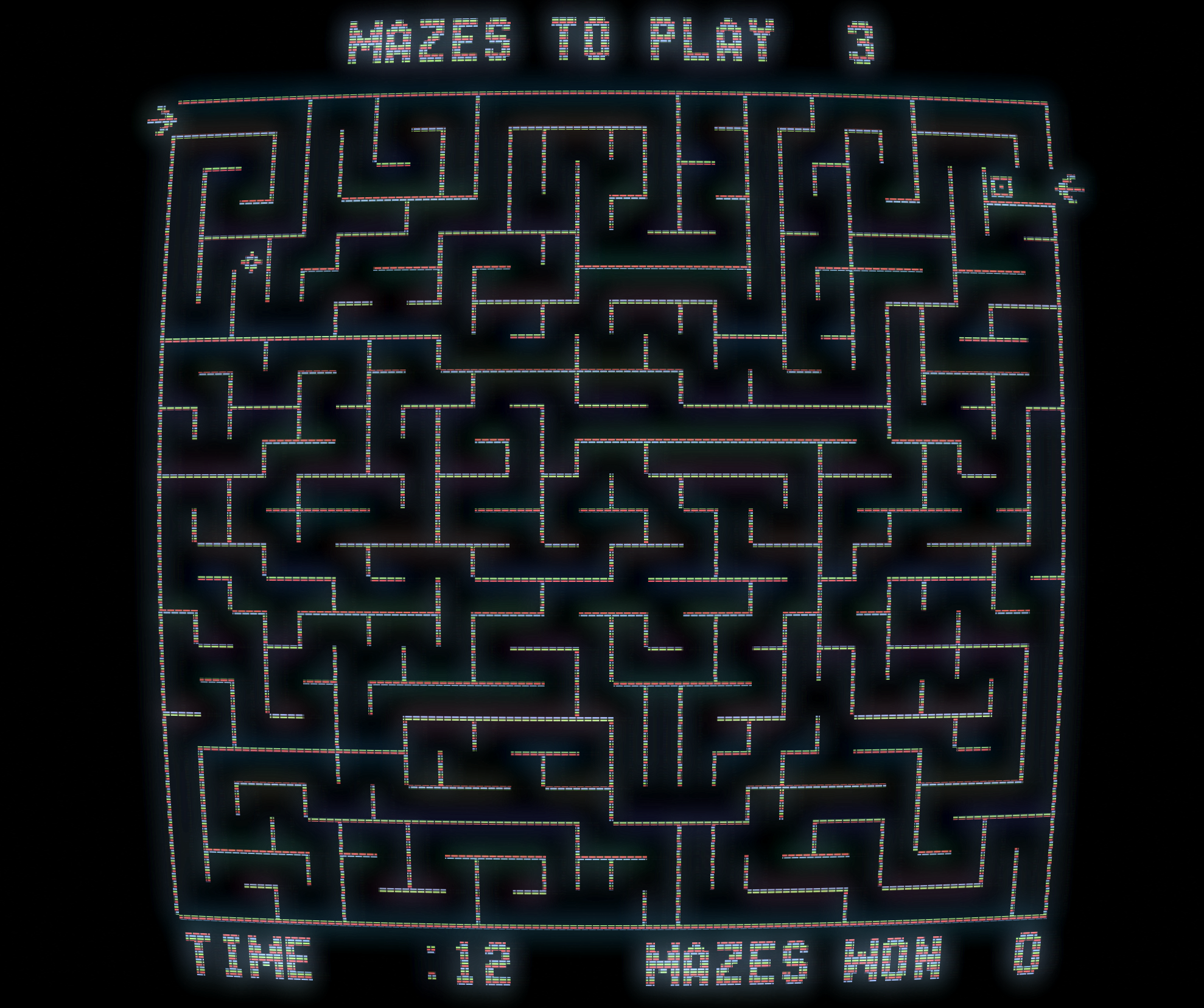
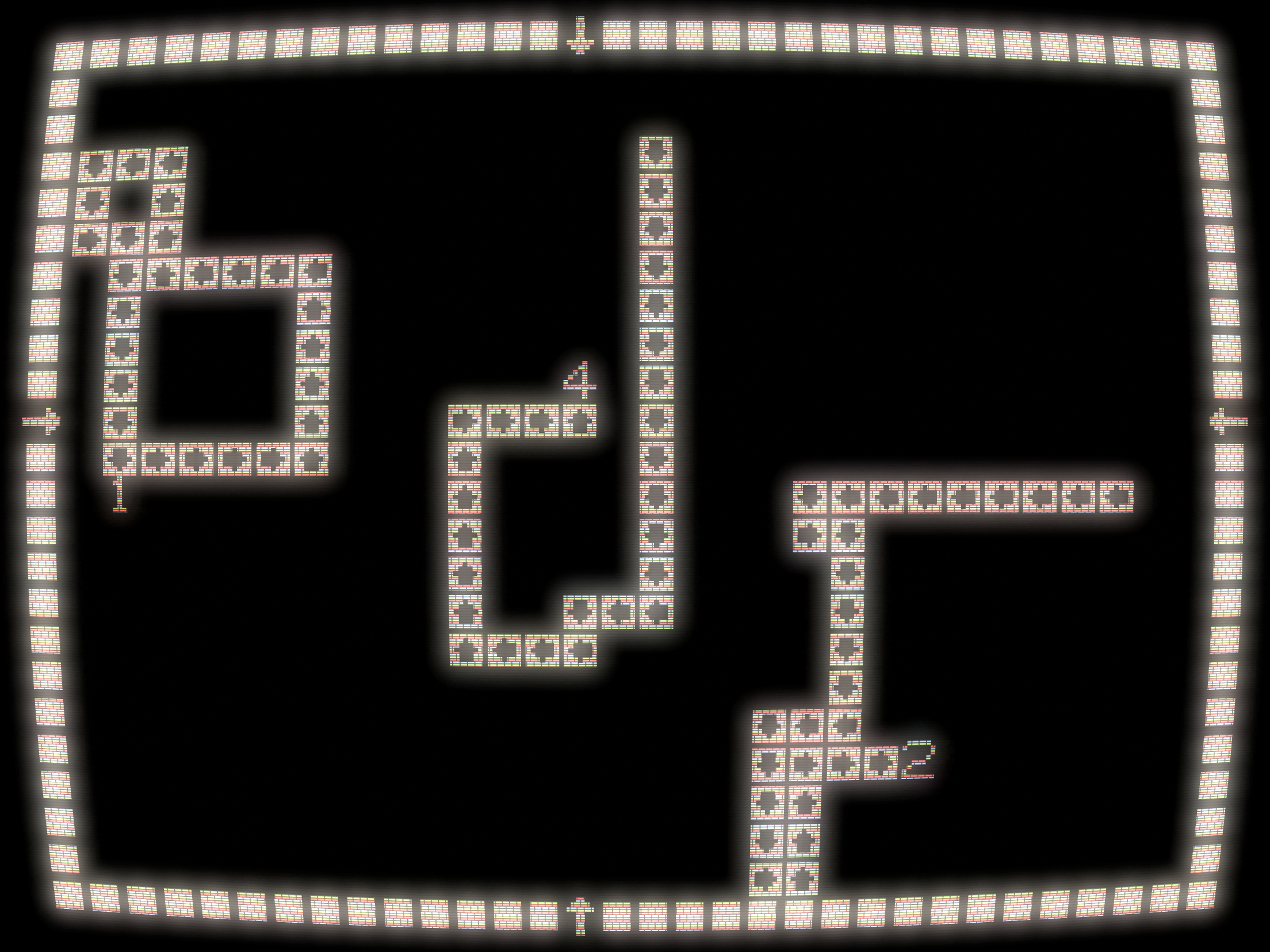
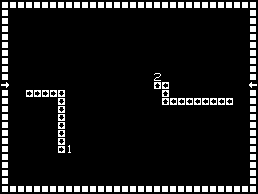 The Game: Up to four players control markers that leave a solid “wall” in their wake. The object of the game is to trap the other players by building a wall around them that they can’t avoid crashing into – or forcing them to crash into their own walls. Run into a wall, either your own or someone else’s, ends your turn and erases your trail from the screen (potentially eliminating an obstacle for the remaining players). The player still standing at the end of the round wins. (Ramtek, 1976)
The Game: Up to four players control markers that leave a solid “wall” in their wake. The object of the game is to trap the other players by building a wall around them that they can’t avoid crashing into – or forcing them to crash into their own walls. Run into a wall, either your own or someone else’s, ends your turn and erases your trail from the screen (potentially eliminating an obstacle for the remaining players). The player still standing at the end of the round wins. (Ramtek, 1976)

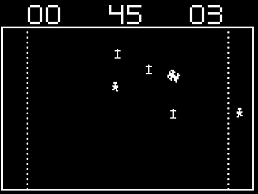 The Game: Two players control one car each, careening freely around an arena filled with zombies. Faced with zombie-fication at the pedestrian crossing of the undead, the drivers have only one option: run over their opponents! Each zombie that’s squashed leaves a grave marker behind that becomes an unmovable obstacle to zombies and cars alike. Whoever has run over the most zombies by the end of the timed game wins. (Exidy, 1976)
The Game: Two players control one car each, careening freely around an arena filled with zombies. Faced with zombie-fication at the pedestrian crossing of the undead, the drivers have only one option: run over their opponents! Each zombie that’s squashed leaves a grave marker behind that becomes an unmovable obstacle to zombies and cars alike. Whoever has run over the most zombies by the end of the timed game wins. (Exidy, 1976)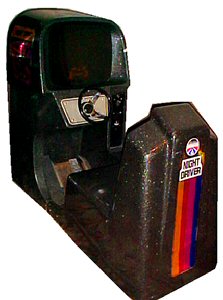 The Game: You’re racing the Formula One circuit by the glow of your headlights alone – avoid the markers along the side of the road and other passing obstacles…if you can see them in time. (Atari, 1976)
The Game: You’re racing the Formula One circuit by the glow of your headlights alone – avoid the markers along the side of the road and other passing obstacles…if you can see them in time. (Atari, 1976)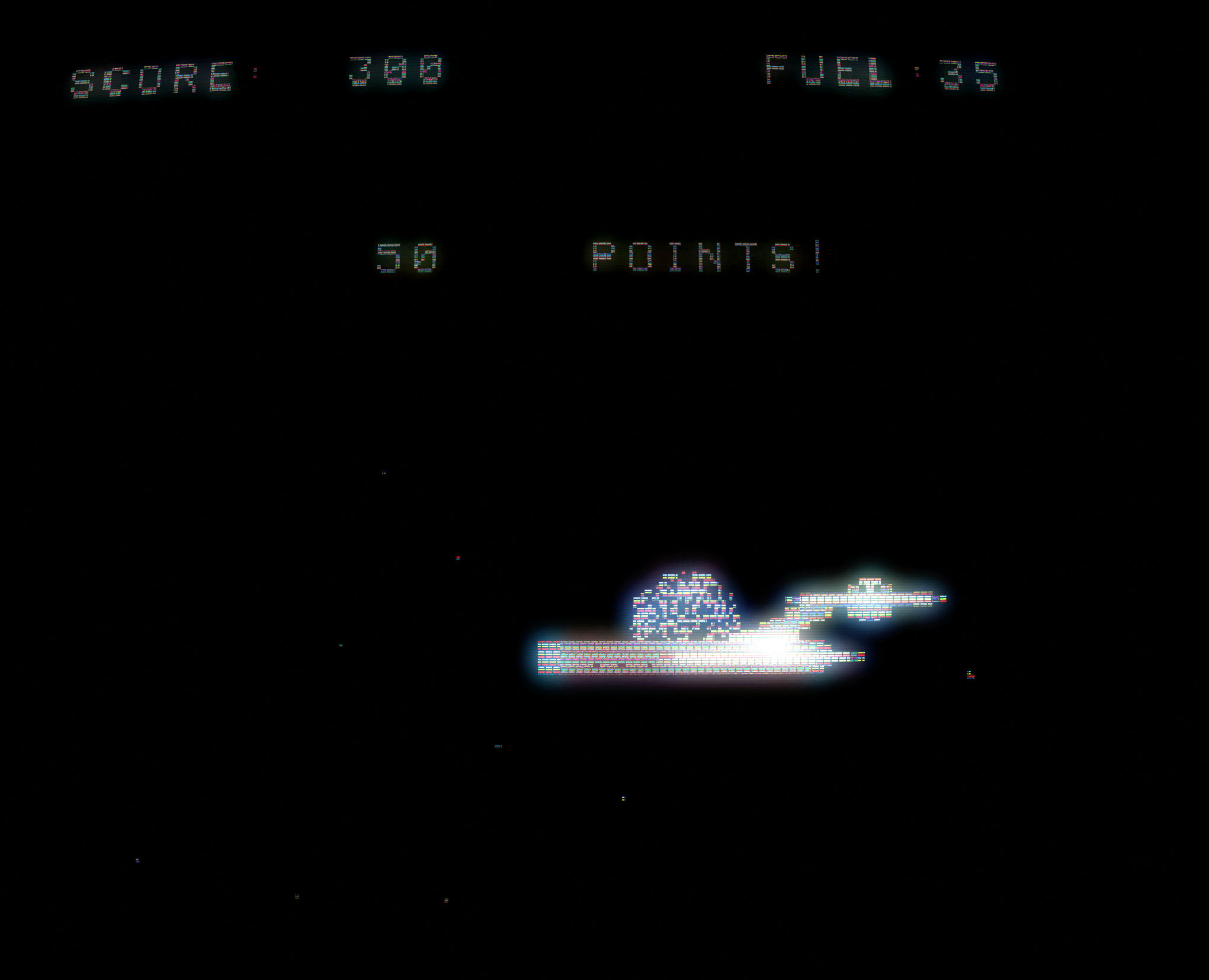
 The Game: Climb into the cockpit of Starship Atari for deep space combat duty. Your mission is simple: wipe out every alien ship you see, as quick as possible, while taking as little incoming fire as possible. Take too much damage, and your fighting days are over. (Atari, 1976)
The Game: Climb into the cockpit of Starship Atari for deep space combat duty. Your mission is simple: wipe out every alien ship you see, as quick as possible, while taking as little incoming fire as possible. Take too much damage, and your fighting days are over. (Atari, 1976)